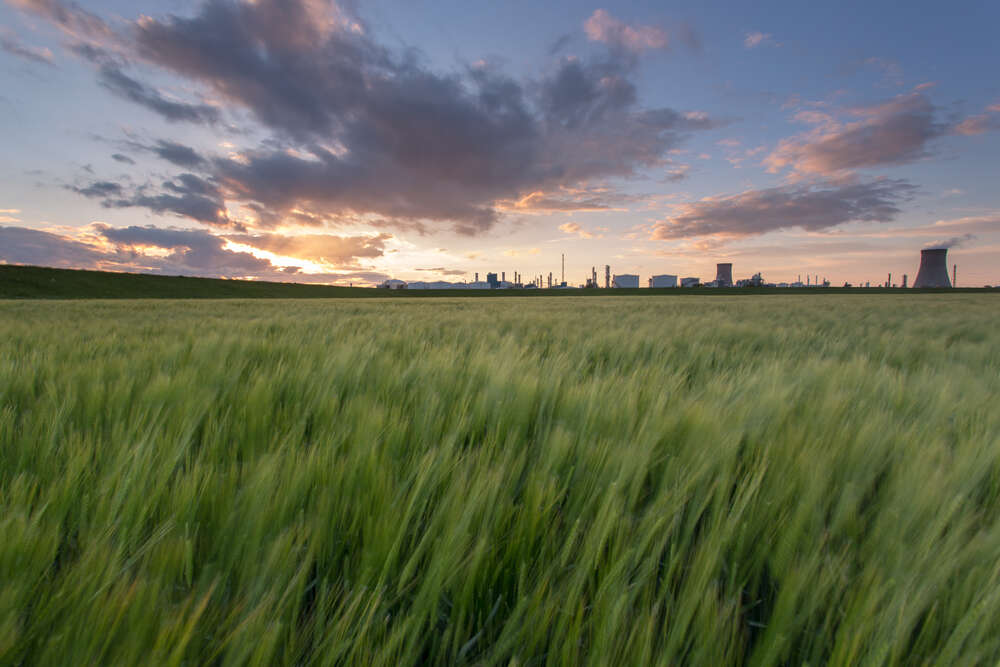
The CPRE’s 2023 Local Green Spaces Report sheds light on the progress and prevailing inequalities in the designation of green spaces across England.

The report reveals a commendable surge of 771 new local green space designations since 2022, with a significant majority emerging in northern England, reflecting a 64% increase in London alone.
Introduced in 2012 to extend Green Belt-like protections to smaller, often community-identified lands, local green space designations have reached a total of 7,286, recognised for their recreational, aesthetic and ecological significance.
However, the new designations have not bridged the green gap across socio-economic divides. The CPRE’s mapping shows an enduring correlation between deprived areas and a lack of designated green spaces, leaving these areas vulnerable to development and their communities deprived of essential recreational and environmental benefits.
The situation in Blackpool and Hull, where high deprivation levels coincide with nil local green space designations, starkly illustrates this ongoing disparity.
Local green space
While deprived communities have seen an increase in local green space designations, engagement in neighbourhood planning, a pathway to securing local green space designations, often takes a backseat for individuals grappling with inadequate housing, low incomes, and limited access to healthcare and other critical services.
As Brad Taylor, the report’s lead author, emphasised, “Communities with high levels of deprivation need to have their voices heard and their Local Green Spaces protected. People must be empowered to engage in the local and neighbourhood planning process that can secure [local green space] designations. Our green spaces are there for everyone to enjoy – everyone needs to be involved in deciding how to protect them.”
The report also underscores inconsistencies in the local green space designation process, urging for a standardised approach to encourage wider community engagement with local green space legislation. Currently, the criteria for local green space designation – such as an area’s ‘richness of wildlife’ or ‘beauty’ – vary across different development plans, creating a patchwork of standards that may hinder the local green space designation uptake, especially in deprived areas.
Moreover, the report suggests that the value of local green spaces extends beyond mere recreational spaces. They play a critical role in habitat protection, with over a third of local green spaces designated for their importance to wildlife, often acting as buffers or extensions to Common Land, Local Nature Reserves, and Sites of Specific Scientific Interest.
This interplay hints at a broader ecological role local green spaces can play in connecting and expanding protected habitats.
The CPRE recommends bolstering neighbourhood planning, particularly in northern England and urban areas, and introducing compulsory standards for nature access into planning law and policy. It also calls for a clearer definition of the evidence required for local green space designation and amendments to the National Policy Planning Framework (NPPF) to ensure proportionate development of local green spaces.
[Read more: Which cities have the most green space?]






